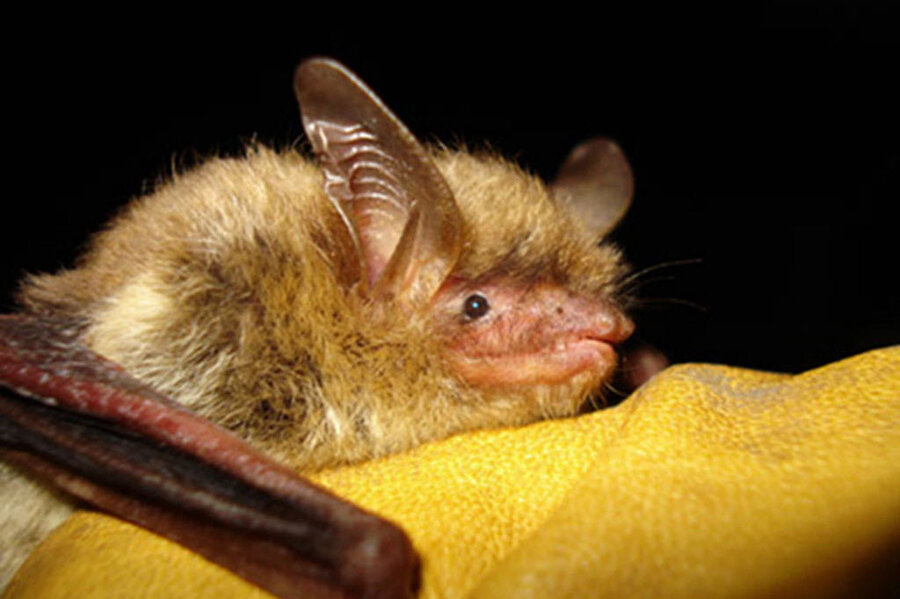What the government is doing to save America’s imperiled bats
Loading...
As North American bat populations dwindle, the US Fish and Wildlife Service (USFWS) announced a final rule to protect the mammals’ habitats.
The new rule will finalize protections for areas where the northern long-eared bat, or northern myotis, is located, across a range of nearly 40 states and several Canadian provinces. In recent years, the bats have become threatened, largely due to white-nose syndrome (WNS), a rapidly spreading disease that wildlife officials have linked to millions of bat deaths.
“The overwhelming threat to the northern long-eared bat is white-nose syndrome,” said Dan Ashe, director of the USFWS, in the agency's Wednesday release. “Until there is a solution to the white-nose syndrome crisis, the outlook for this bat will not improve. This rule tailors regulatory protections in a way that makes sense and focuses protections where they will make a difference for the bat.”
The new rule comes after the bat species’ designation as “threatened” under the Endangered Species Act (ESA), meaning the animals are “likely to become an endangered species within the foreseeable future throughout all or a significant portion of its range,” according to the act. The USFWS decided to invoke section 4(d) of the act, allowing for additional protective regulations deemed “necessary and advisable” for proper conservation.
An interim 4(d) rule was announced by the service last April to prohibit purposeful take of the bats throughout their range, except in cases of removal from human structures or to assure human health and safety, and prohibiting incidental take in areas affected by WNS. Purposeful take is the intentional killing, harming, or harassment of the animals; incidental take involves harm attributable to forest management, road building, tree removal, and similar projects.
The final 4(d) rule removes the incidental take prohibitions from areas of the bats’ range where WNS has not yet spread, mostly in western states and to the north in Canada. It also protects trees in and around which the bats give birth and roost during the months of June and July.
The finalization of the rule came after more than 40,000 public comments on the issue were submitted to the agency.
WNS is believed to disrupt bats' hibernation cycles and compromise their ability to survive the winter. The majority of the long-eared bats’ range now falls under the 4(d) rule’s protections cases of WNS spread.
“We are beginning to see glimmers of hope in the battle against white-nose syndrome,” Director Ashe said in the USFWS statement. “In just eight years, this disease, previously unknown to science, has been identified and its cause understood. A solution could soon be within our grasp. Now is the time to get all hands on deck to pull together to fight this primary threat. Our final rule is designed to ensure we focus our energies where they will do the most good for this imperiled species while avoiding unnecessary regulation.”





